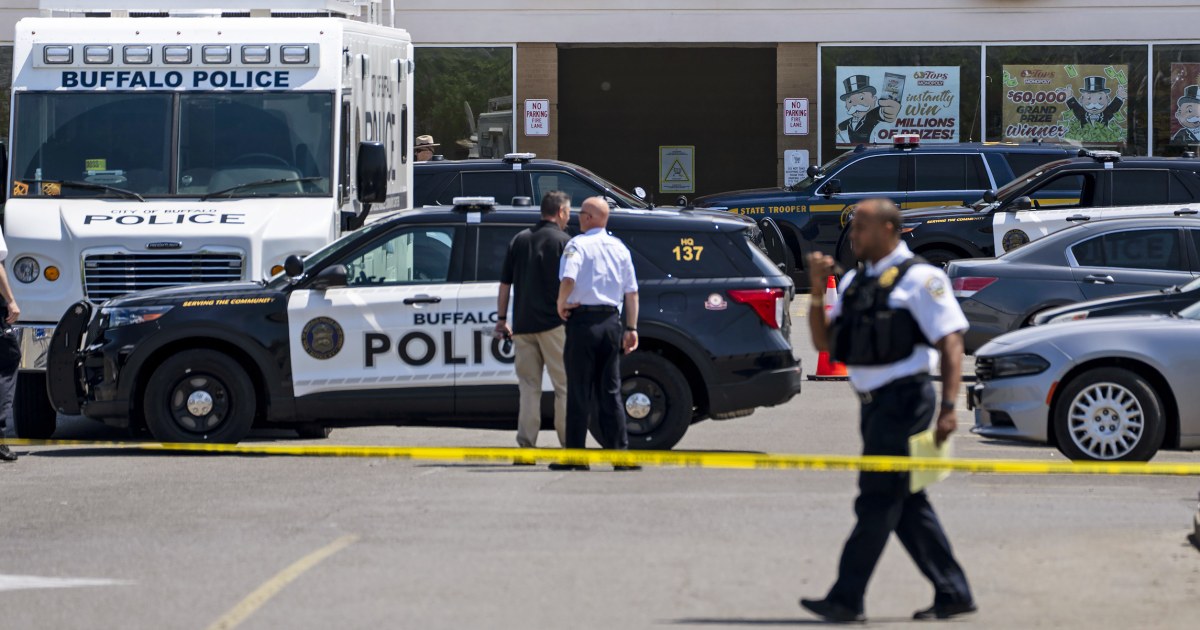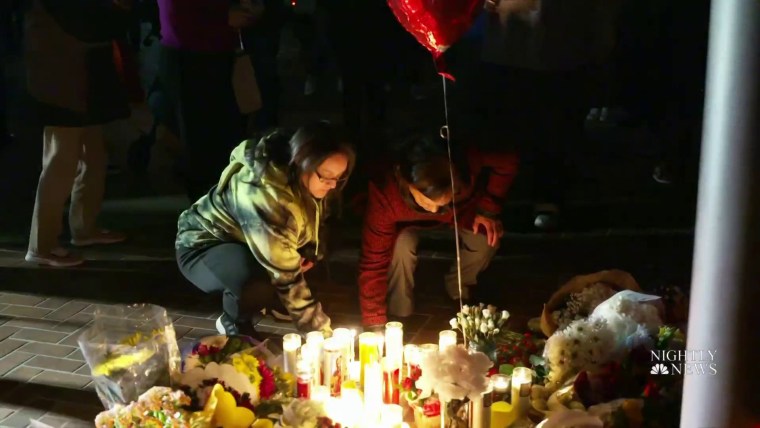Following the latest series of mass shootings in the US, the Secret Service on Wednesday released a 60-page report detailing trends in mass attacks in public spaces to share patterns with community leaders that could help prevent the next tragedy.
Among the findings: Although a personal grievance of some kind was the most common motive, a quarter of attackers studied between 2016 and 2020 were motivated by conspiracy theories or hateful ideologies.
The agency, known for protecting presidents, has established a National Threat Assessment Center to monitor trends in violence that could threaten the people it protects, as well as the public.
The report details 173 attacks that injured three or more people in public spaces, including churches and schools, between 2016 and 2020. Lina Alathari, head of the Secret Service’s National Center for Threat Assessment, said the trends could help leaders community members to know what red flags to look for before someone carries out the next massive attack.
The hateful ideologies that motivated the attackers included anti-government, anti-Semitic, or misogynistic views. The authors also found that nearly a third of all attackers had evidence of planning their attacks.
The typical attacker was a 34-year-old man motivated by personal grievances, rather than ideology, the report says.
Alathari said the complaints could be «perceived wrongs, most often related to personal problems, perhaps health or financial issues, workplace problems, as well as problems with family and romantic partners.»
«We really have to look at how we can resolve these interpersonal complaints … to make sure they don’t escalate,» Alathari told NBC News.
More than three-quarters of all attacks involved firearms, and more than 80% of attacks that used weapons resulted in at least one death, the report found. Most of the attackers used pistols, but a third used «long weapons,» a category that includes automatic and semi-automatic weapons. Attackers using weapons other than handguns fatally injured victims in less than 50% of attacks.
In more than a quarter of all mass shootings, the attackers illegally possessed firearms.
Asked if the trends necessitated gun reform, Alathari said: «Our research informs policy, and we really hope communities take preventative steps to make sure they are mitigating any potential risk of a tragedy like this happening again. to occure».


